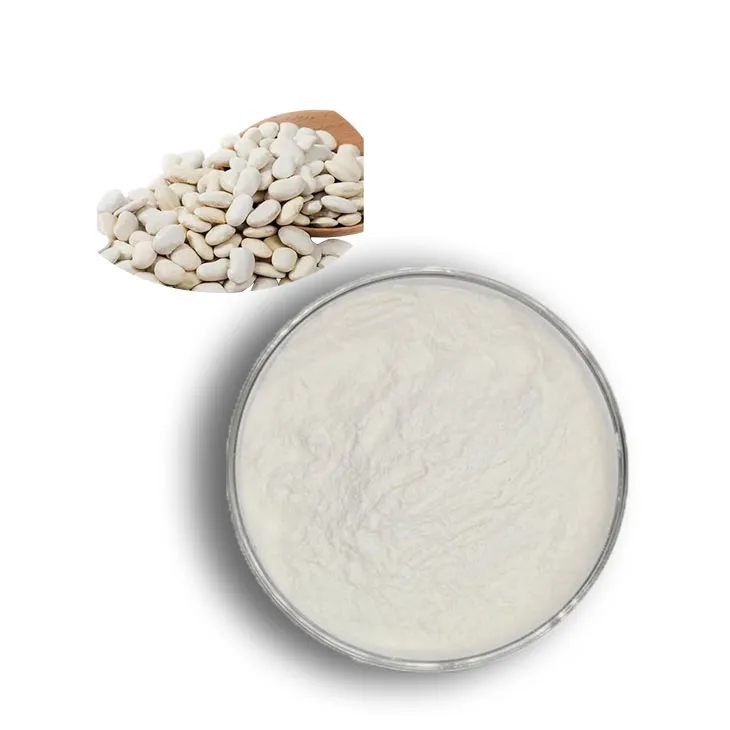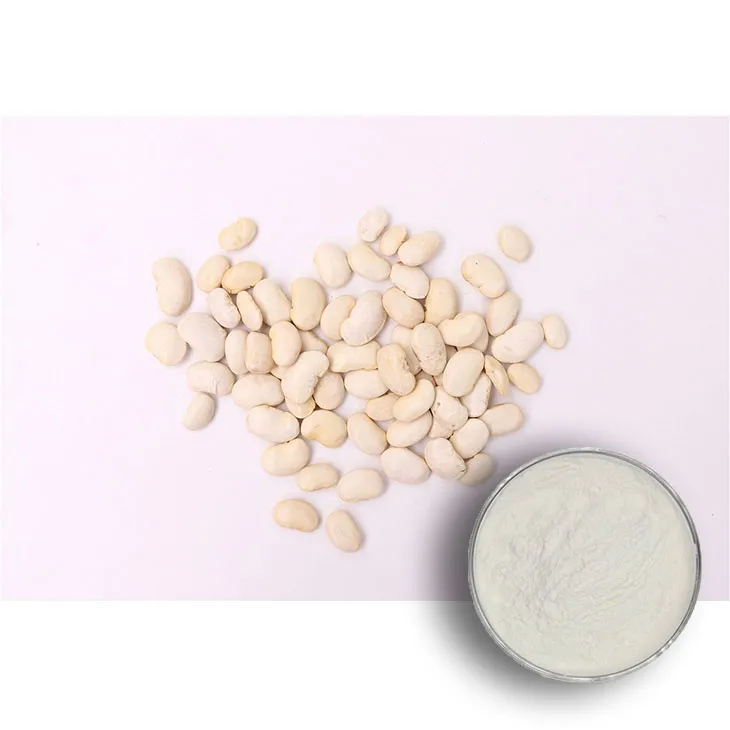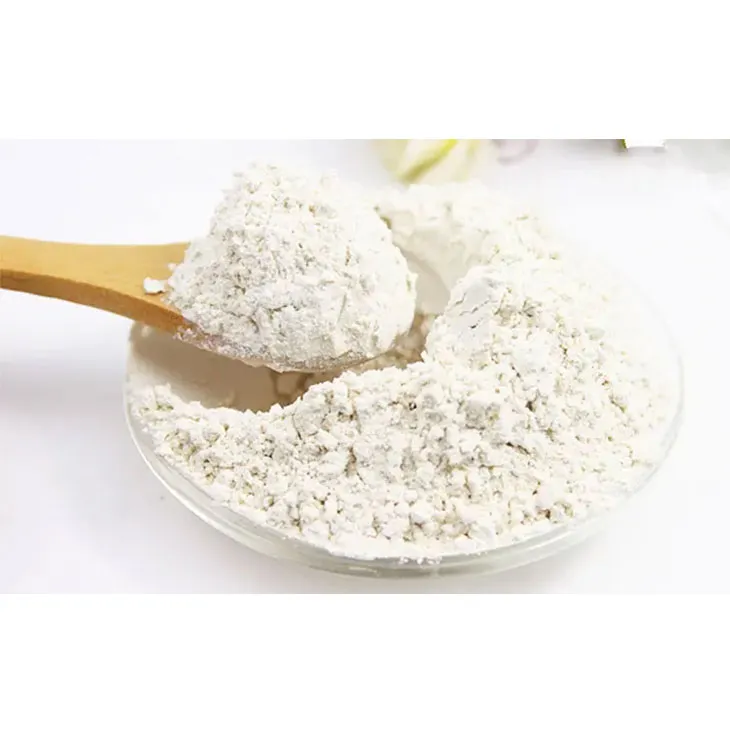- 0086-571-85302990
- sales@greenskybio.com
Supercritical Carbon Dioxide Extraction of Kidney Bean Extracts
2024-11-27

1. Introduction
The extraction of Kidney Bean Extracts through supercritical carbon dioxide is an area of great interest in the field of natural product extraction. Kidney beans, a common legume, are rich in a variety of nutrients and bioactive compounds. Supercritical CO₂ extraction has emerged as a promising technique due to its several advantages over traditional extraction methods.

2. Kidney Beans: A Rich Source of Nutrients and Bioactive Compounds
Kidney beans contain a plethora of valuable components. Firstly, they are a significant source of proteins. These proteins play important roles in human nutrition, providing essential amino acids for various physiological functions. Secondly, flavonoids are present in kidney beans. Flavonoids are known for their antioxidant properties, which can help in preventing oxidative stress - related diseases. For example, they can scavenge free radicals in the body, reducing the risk of cell damage. Thirdly, phenolic acids are also found in kidney beans. Phenolic acids contribute to the overall antioxidant capacity of the beans and may have anti - inflammatory effects.

3. Supercritical CO₂: Properties and Advantages
Supercritical CO₂ has unique properties that make it suitable for extraction. It exists in a state above its critical temperature and pressure. In this state, it has properties of both a gas and a liquid. One of the major advantages is that it is a non - toxic solvent. Unlike some organic solvents used in traditional extraction methods, supercritical CO₂ does not leave harmful residues in the extracted product. This is crucial, especially when the extracts are intended for use in products such as health supplements.
Another advantage is that it is an environmentally friendly method. The use of supercritical CO₂ reduces the emission of volatile organic compounds (VOCs) compared to traditional solvent - based extractions. Moreover, supercritical CO₂ can be easily recycled, further reducing its environmental impact.

4. The Extraction Process
4.1. Influence of Extraction Conditions
The solubility of different components in supercritical CO₂ can be adjusted by varying the extraction conditions. For example, changes in temperature and pressure can significantly affect the extraction efficiency. At higher pressures, the density of supercritical CO₂ increases, which can enhance the solubility of certain compounds. However, extremely high pressures may also lead to the extraction of unwanted impurities.
Temperature also plays a role. Increasing the temperature can sometimes improve the extraction of volatile components, but it may also cause degradation of heat - sensitive compounds. Therefore, a careful balance of temperature and pressure is required to optimize the extraction of specific Kidney Bean Extract components.
4.2. Separation and Purification
One of the remarkable features of supercritical CO₂ extraction is the ability to separate and purify specific components. By carefully controlling the extraction conditions, it is possible to isolate different bioactive compounds present in kidney beans. For instance, if the goal is to obtain a pure flavonoid extract, the extraction parameters can be adjusted to selectively extract flavonoids while minimizing the extraction of other components.
This separation and purification ability is highly valuable in the development of health supplements and natural medicine. It allows for the production of high - quality extracts with a defined composition of bioactive compounds, which can be more effectively used for specific health - promoting purposes.

5. Applications of Kidney Bean Extracts Obtained by Supercritical CO₂ Extraction
5.1. Health Supplements
Kidney bean extracts obtained through supercritical CO₂ extraction can be used in the formulation of health supplements. The protein - rich extracts can be used to supplement the protein intake of individuals, especially those following a vegetarian or vegan diet. The flavonoid - rich extracts, on the other hand, can be used for their antioxidant properties. They can help in boosting the immune system, reducing the risk of chronic diseases such as heart disease and cancer.
5.2. Natural Medicine Development
In the field of natural medicine development, kidney bean extracts have potential applications. The phenolic acids present in the extracts may have anti - inflammatory properties, which can be explored for the treatment of inflammatory diseases. Additionally, the bioactive compounds in the extracts may have potential in the management of metabolic disorders, such as diabetes. For example, some studies suggest that certain compounds in kidney beans may help in regulating blood sugar levels.
6. Comparison with Traditional Extraction Techniques
Traditional extraction techniques, such as solvent extraction using organic solvents like ethanol or hexane, have some limitations. One major drawback is the use of potentially harmful solvents. These solvents may leave residues in the extracts, which can be a concern when the extracts are used for human consumption. In contrast, supercritical CO₂ extraction is a clean and safe method.
Another aspect is the extraction efficiency. Supercritical CO₂ extraction can often achieve higher extraction yields for certain bioactive compounds compared to traditional methods. This is because it can penetrate the plant material more effectively and selectively extract the desired components.
However, it should be noted that supercritical CO₂ extraction also has some challenges. The equipment required for supercritical CO₂ extraction is relatively expensive, which may limit its widespread application in some small - scale industries.
7. Future Perspectives
The field of supercritical CO₂ extraction of kidney bean extracts has significant potential for future development. Research efforts could be focused on further optimizing the extraction conditions to improve the extraction efficiency and selectivity. This could involve more in - depth studies on the effects of different temperature and pressure combinations on the extraction of specific bioactive compounds.
Another area of future research could be the exploration of new applications for kidney bean extracts obtained by supercritical CO₂ extraction. For example, in the field of cosmeceuticals, the antioxidant and anti - inflammatory properties of the extracts could be utilized for skin health products.
Additionally, efforts could be made to reduce the cost of supercritical CO₂ extraction equipment. This could be achieved through technological innovation and scale - up of production, making this extraction method more accessible to a wider range of industries.
FAQ:
What are the advantages of supercritical carbon dioxide extraction for kidney bean extracts?
Supercritical carbon dioxide extraction for kidney bean extracts has several advantages. Firstly, it can ensure the integrity of bioactive compounds such as proteins, flavonoids, and phenolic acids present in kidney beans. Secondly, it is a non - toxic and environmentally friendly method compared to traditional extraction techniques. Also, the solubility of different components in supercritical CO₂ can be adjusted by varying the extraction conditions, allowing for the separation and purification of specific components, which is useful for applications in health supplements and natural medicine development.
What kind of bioactive compounds can be extracted from kidney beans by supercritical CO₂?
Supercritical CO₂ can extract various bioactive compounds from kidney beans, including proteins, flavonoids, and phenolic acids.
How does the solubility of components in supercritical CO₂ affect the extraction of kidney bean extracts?
The solubility of different components in supercritical CO₂ can be adjusted by varying the extraction conditions. This adjustability is crucial as it allows for the separation and purification of specific kidney bean extract components. For example, if a particular component has a higher solubility under certain extraction conditions, it can be preferentially extracted and separated from other components, which is beneficial for obtaining pure and targeted extracts for various applications.
Why is supercritical carbon dioxide extraction considered more environmentally friendly than traditional methods?
Supercritical carbon dioxide extraction is considered more environmentally friendly than traditional methods because carbon dioxide is a non - toxic gas. It does not leave harmful residues like some solvents used in traditional extraction techniques. Also, it can be easily recycled, reducing waste and environmental impact.
What are the potential applications of kidney bean extracts obtained by supercritical CO₂ extraction?
The kidney bean extracts obtained by supercritical CO₂ extraction have potential applications in areas such as health supplements and natural medicine development. The bioactive compounds in the extracts, like proteins, flavonoids, and phenolic acids, can contribute to the development of products with various health - promoting properties.
Related literature
- Supercritical Fluid Extraction of Bioactive Compounds from Legumes"
- "Advances in Supercritical CO₂ Extraction of Plant - Based Nutrients"
- "Efficient Extraction of Kidney Bean Bioactives using Supercritical Fluids"
- ▶ Hesperidin
- ▶ citrus bioflavonoids
- ▶ plant extract
- ▶ lycopene
- ▶ Diosmin
- ▶ Grape seed extract
- ▶ Sea buckthorn Juice Powder
- ▶ Beetroot powder
- ▶ Hops Extract
- ▶ Artichoke Extract
- ▶ Reishi mushroom extract
- ▶ Astaxanthin
- ▶ Green Tea Extract
- ▶ Curcumin Extract
- ▶ Horse Chestnut Extract
- ▶ Other Problems
- ▶ Boswellia Serrata Extract
- ▶ Resveratrol Extract
- ▶ Marigold Extract
- ▶ Grape Leaf Extract
- ▶ blog3
- ▶ blog4
-
Bulk purchase of peppermint extract powder.
2024-11-27
-
The best pitaya powder in 2024.
2024-11-27
-
The best organic Hedyotis diffusa extract.
2024-11-27
-
Trace - component organic aguaje extract.
2024-11-27
-
The best black garlic extract in nature.
2024-11-27
-
Super Essence of Natural Alisma Extract.
2024-11-27
-
The best organic vitamin B6.
2024-11-27
-
Lavender Extract
2024-11-27
-
Buckthorn bark extract
2024-11-27
-
Green coffee bean Extract
2024-11-27
-
Sea buckthorn Juice Powder
2024-11-27
-
Licorice Root Extract Powder
2024-11-27
-
Camu Camu Extract
2024-11-27
-
Bamboo Leaf extract
2024-11-27
-
Motherwort Extract
2024-11-27
-
Maitake Mushroom Extract
2024-11-27
-
Curcumin Extract
2024-11-27





















